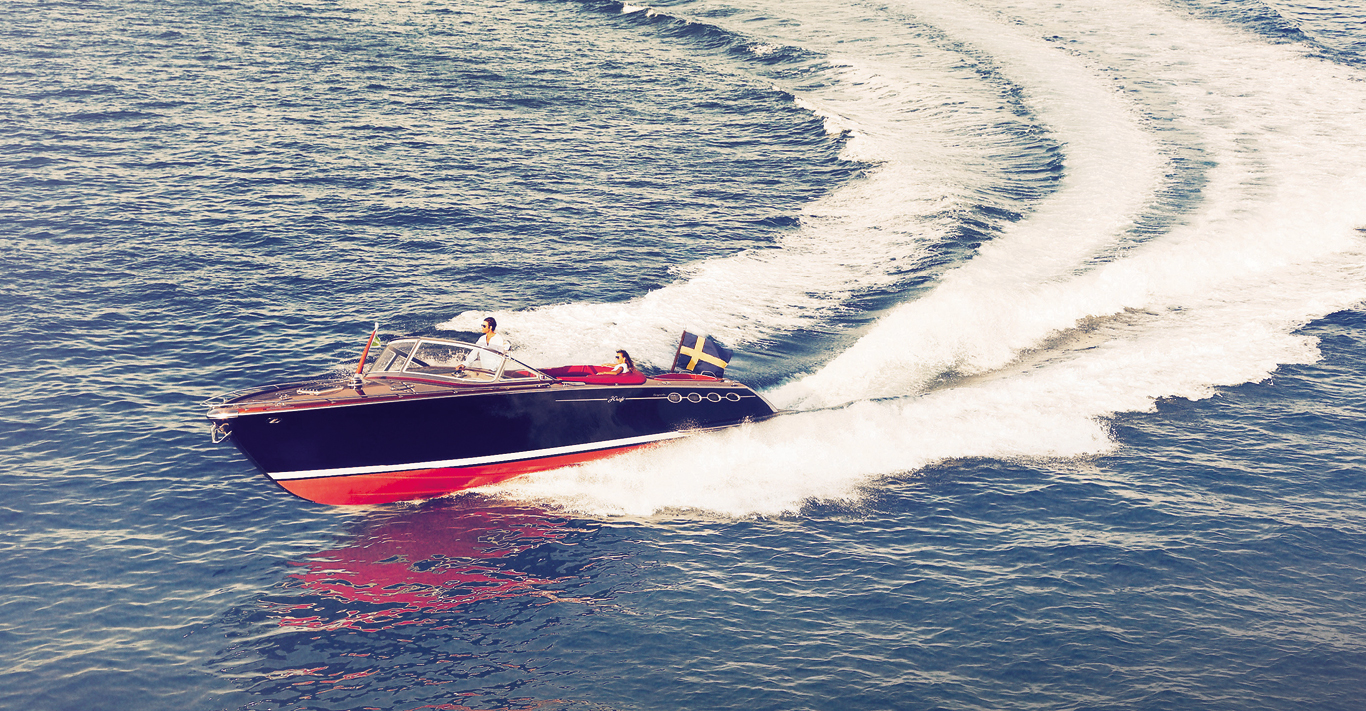WORDS
Simon de Burton
The days of motorsport being accessible to drivers who simply want to enjoy some grass-roots racing without having to shell out a fortune have more or less disappeared.
But there is one category of automobile competition that continues to welcome entrants across the board, almost regardless of the cars they drive or the budgets they have available. And it’s called hill climbing.
One of the oldest forms of motorsport, hill climbing can be traced back to 1897 when the first recorded event of its type took place at La Turbie in the South of France – and, just three years later, a daredevil automobilist won a £50 bet by becoming the first person to drive a car up the fiendishly steep Porlock Hill in Somerset.

Rather than racing one another, hill climb competitors drive against the clock in a bid to become the fastest to travel up a given course, which can often be narrow and winding, so only one vehicle travels at a time. This makes it exceptionally challenging for those taking part and extremely exciting from a spectator’s perspective.
Hill climbing’s high level of audience appeal and the fact that competitions can take place without the need for a specially built track, soon revealed it to be an ideal sport to stage on the often long and winding driveways and estate roads attached to some of Britain’s great stately homes – with one of the most spectacular events of them all being the hill climb held at Chateau Impney in Worcestershire, the remarkable 19th-century mansion built for salt works tycoon John Corbett.
Post war, the 106-bedroom building was bought in a dilapidated state and renovated before being turned into a luxury hotel – but it wasn’t until 1957 that the sprint potential of its 500m driveway was first recognised.
Those early contests were known as The Hagley & District Light Car Cub Speed Trial at Chateau Impney and attracted leading drivers of the day, including six-time Hill Climb Champion Tony Marsh and the one-armed driver David Good, who won the first event in 24.64 seconds.
The beautifully picturesque setting of the course instantly made it one of the most talked about venues on the racing calendar, and spectators turned out in droves to watch some of the quickest cars of their day scorch up the hill. Phil Scragg, for example, wowed the crowds in 1957, 58 and 59, scoring a hat-trick of wins in the ‘sports racing car over 2000cc’ class, behind the wheel of his fire-breathing HWM Jaguar.

By 1960, Chateau Impney had come to be regarded as the place at which to demonstrate one’s driving prowess and, with the course freshly resurfaced, the gloves were well and truly off as a number of competitors set out to smash the course record – with Reg Phillips proving to be the man to do it with a remarkable 22.08-second run in his Fairley Climax Special.
That record stood until 1964, when it was beaten by Tony Griffiths in a BRM P48 with a 22.07-second run (a time that has yet to be bettered). But, by then, the sprint’s popularity was ‘in the descendant’ due to a combination of frequent poor weather and the mushrooming of similar events around the country.
In 2013, however, a dinner staged to gauge interest in the potential of bringing back the Chateau Impney Hill Climb attracted such a positive response that, three years ago, the first 21st-century edition was staged, with around 200 competitors and thousands of spectators.
Held on a new course that doubled the original’s length, the climb was immediately judged to be one of the most challenging and spectacular in the country, with the best time of the weekend being set by Jack Woodhouse at 42.42 seconds in a Lotus 20/22 – a quintessential British single-seater. Now an indelible fixture in the motorsport calendar, the modern day Chateau Impney Hill Climb returns for its fourth edition this July and is set to welcome in excess of 16,000 visitors who will travel from all over the world to see the most diverse and exciting line-up yet of cars and drivers.

In addition to the thrill of the hill climb, the 2018 event will also see a display of 100 vehicles by the Supercar Driver club, 25 of which – a £2m Bugatti Chiron among them – will perform demonstration runs on the course.
There will also be a Concours d’Elegance competition sponsored by top classic car insurer Footman James and judged by members of the public and notable historic vehicle experts, while the weekend will play host to the second round of the Ralli 22 series – machines such as a former Colin McRae Subaru Impreza and a former Carlos Sainz Ford Escort WRC car will be seen attacking the course at maximum speed.
RAF flypasts are also scheduled, along with demonstration runs by the extraordinary BRM V16 racer of the 1950s. A selection of historic motorcycles from the Brooklands Museum will also be on display, along with Formula 1 cars from the sport’s past, and a selection of Morgan sports cars, which will be put on show by the locally based manufacturer to mark the 50th anniversary of its high-performance Plus 8 model.
There will even be a 500-space parking area purely for visitors arriving in classic cars, as well as a ‘trade village’ featuring everything from motoring-related items to high-end cooking appliances, while 25 different food stalls and a trio of bars will keep everyone refreshed.
The Chateau Impney Hill Climb takes place during the weekend of 7–8 July. Advanced adult tickets cost from £20 per day/£40 weekend; children £5, chateauimpneyhillclimb.com













